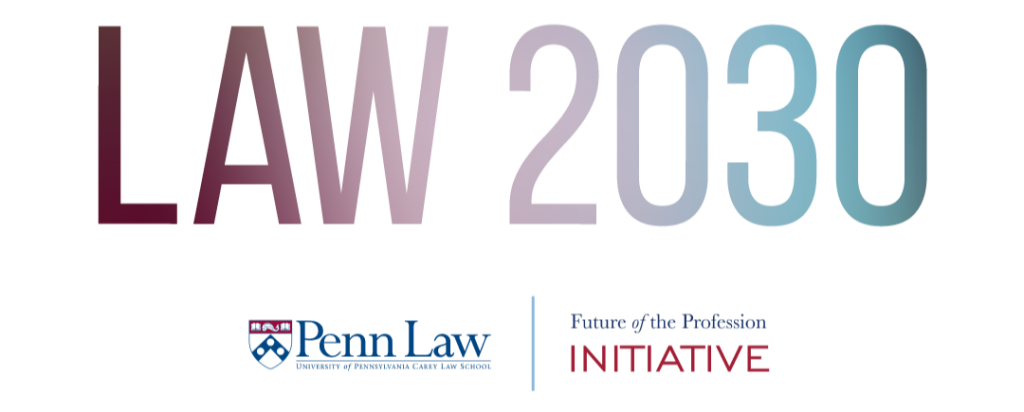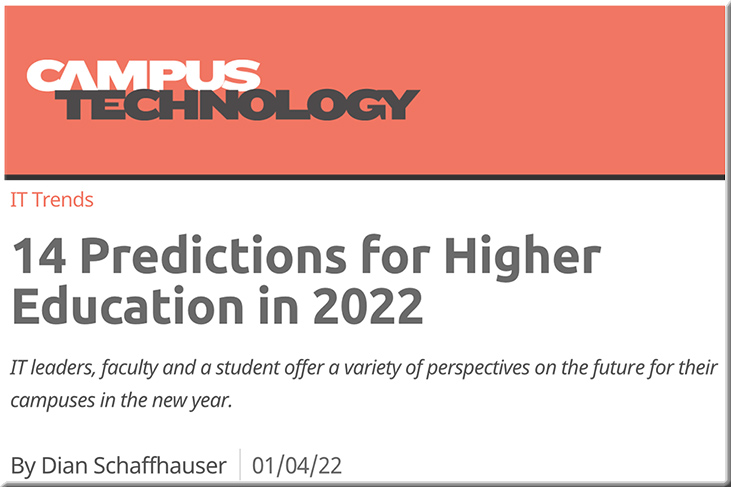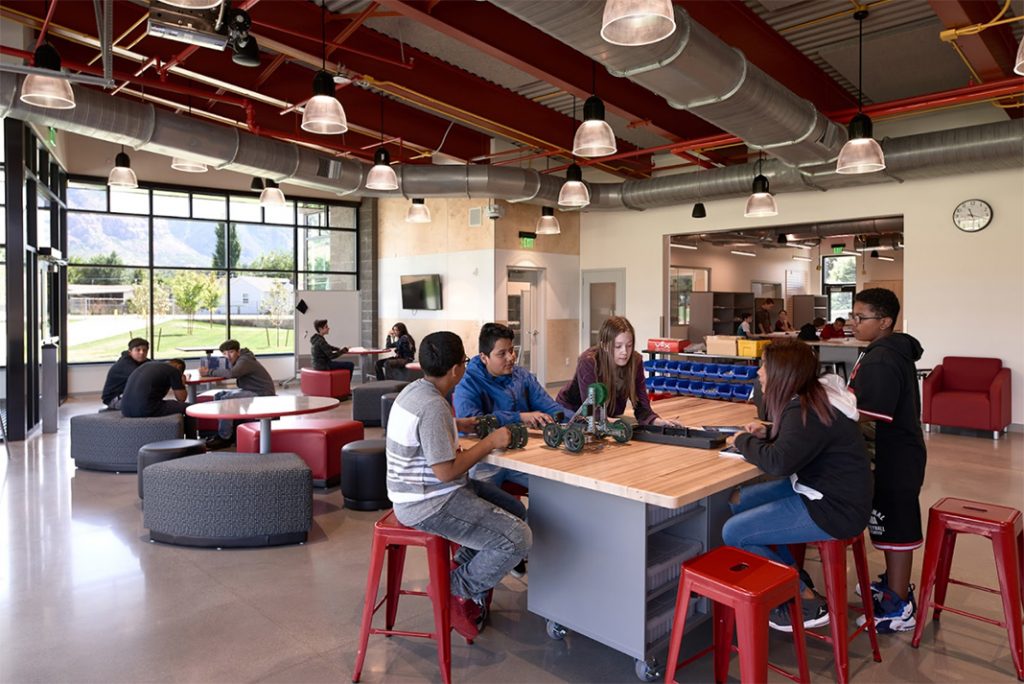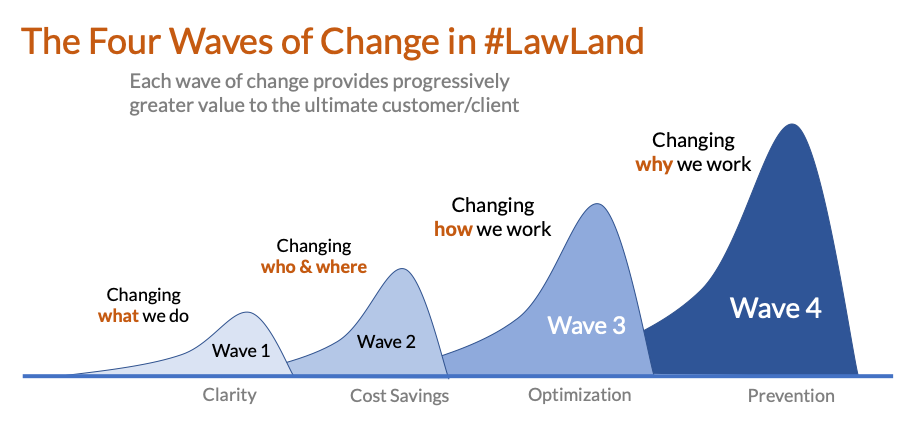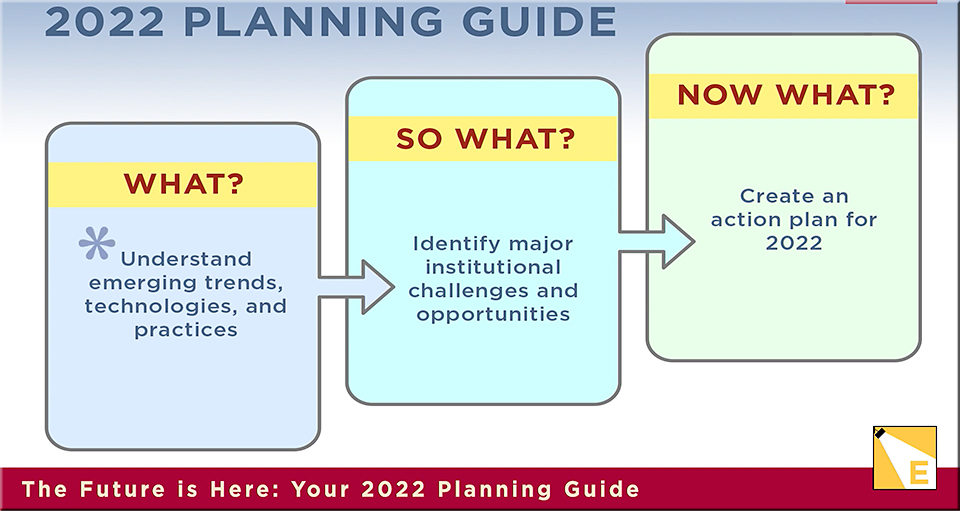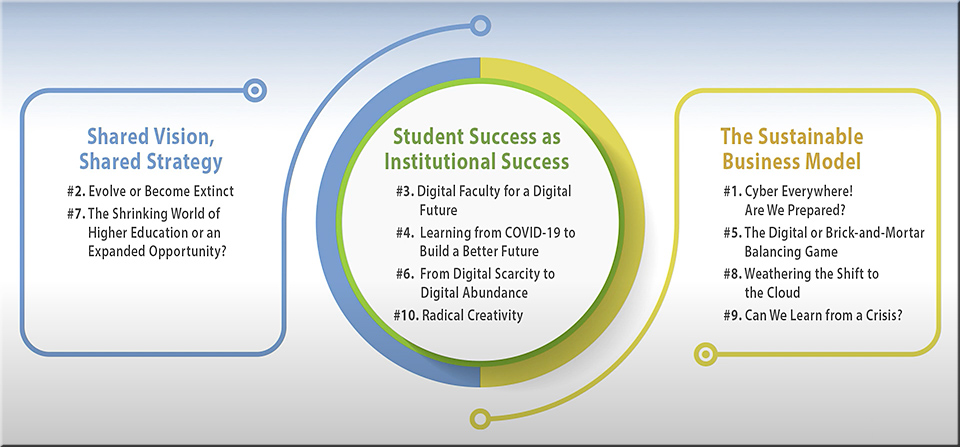L&D is going through an identity crisis — here’s why that’s a good thing — from chieflearningofficer.com by Linda Cai
We’re in a new situation, and we need to do something different. Our employees are hungry for growth and purpose amidst the Great Reshuffle, and companies need to respond and act or risk watching their talent walk out the door.
Excerpt:
That’s why organizations need our expertise more than ever. The demand for L&D specialists increased by 94 percent between July and September of 2021 compared to the previous three month period, according to our just-released 2022 Workplace Learning Report.
At the same time, our research also revealed that we have work to do. The report reveals L&D professionals spent 35 percent less time learning than their HR colleagues in 2021. It is not surprising, since a lot of them are overwhelmed by workload, and well-being has decreased. But the L&D function is going through what might be its most consequential transformation to date, and our success depends on whether we can learn the skills that this new world of work requires of us. Are we prepared to take on this increasingly strategic role for years to come?
It will not be easy. But we can start this important work by doing two things: loosening up how we think about ourselves, and going back to why many of us got into this business — to help people do their best work and be their best selves.
Here’s a relevant quote from the 2022 Workplace Learning Report:
“We really need to change and think about more productive and sustainable ways to help connect talent to opportunity, and our view is that that’s going to be done through a skills-based approach.”
Ryan Roslansky
CEO, LinkedIn









